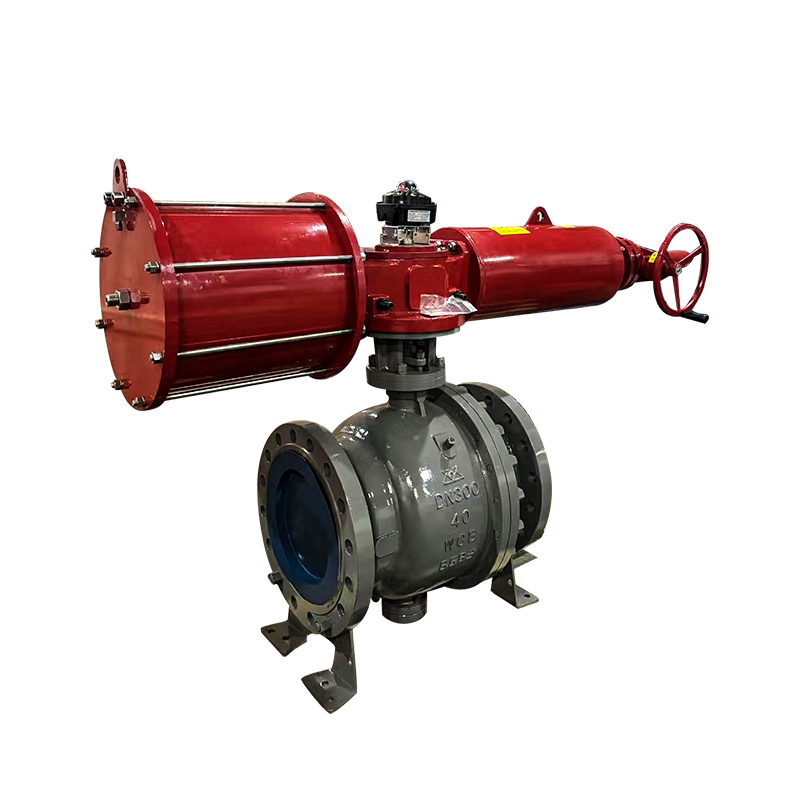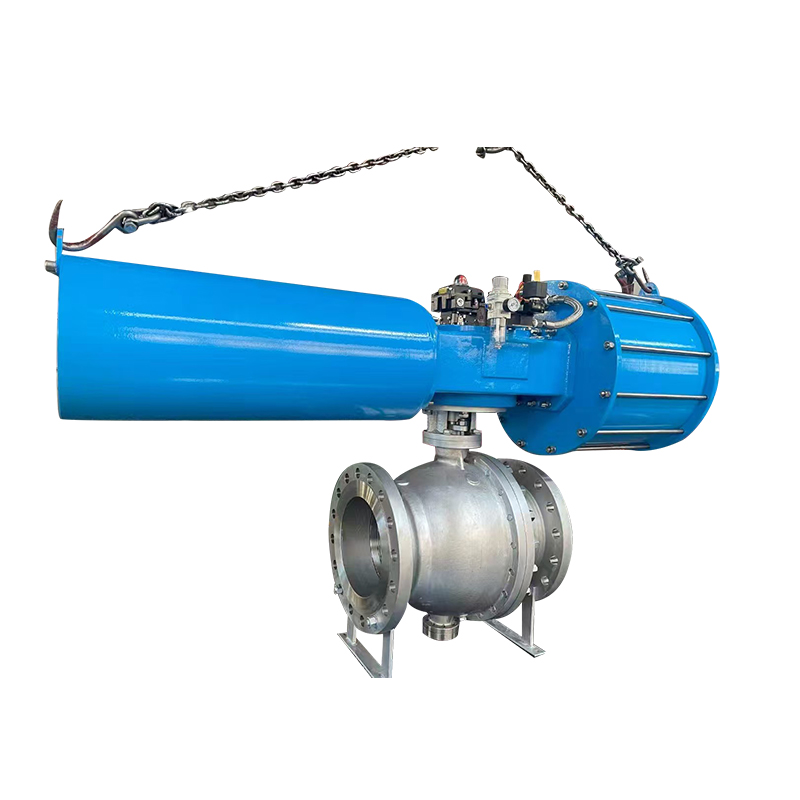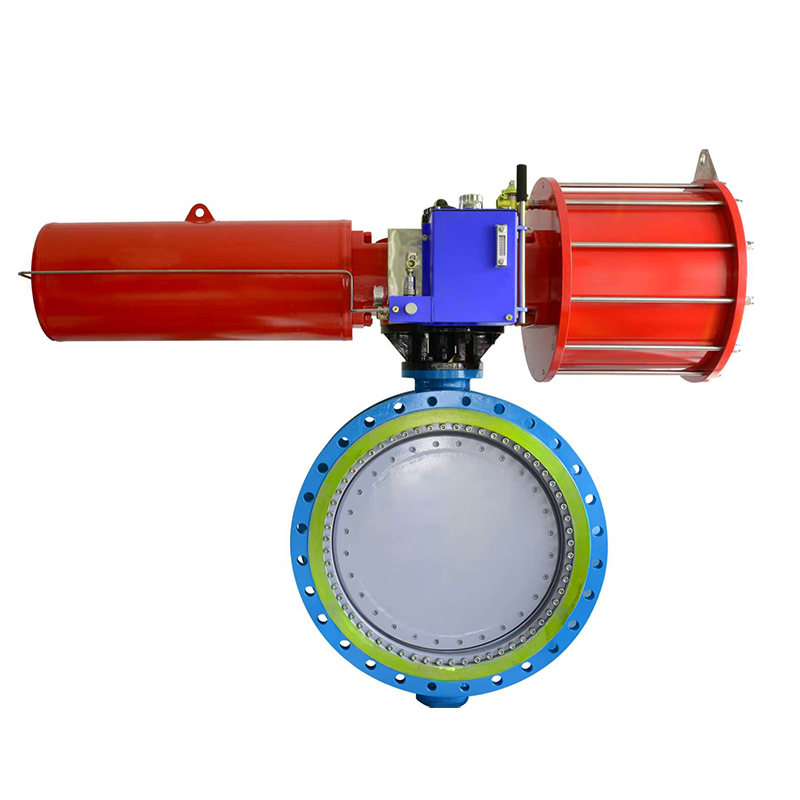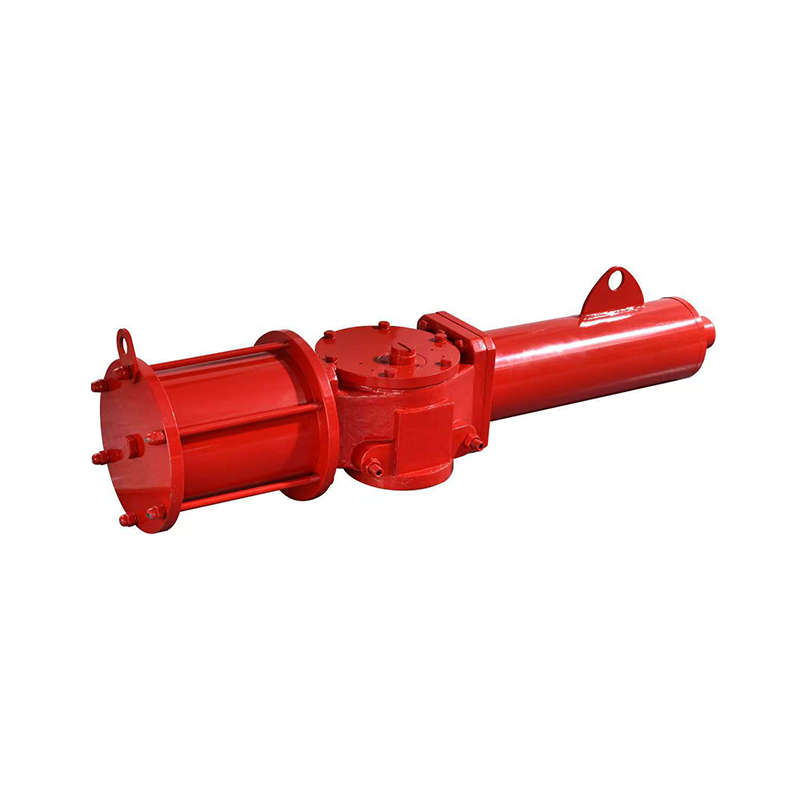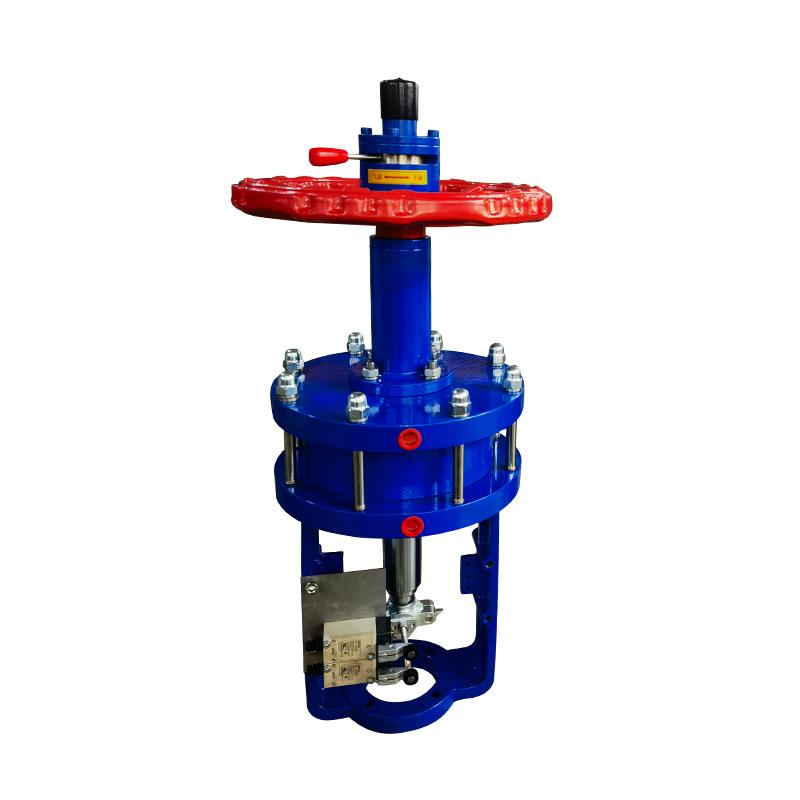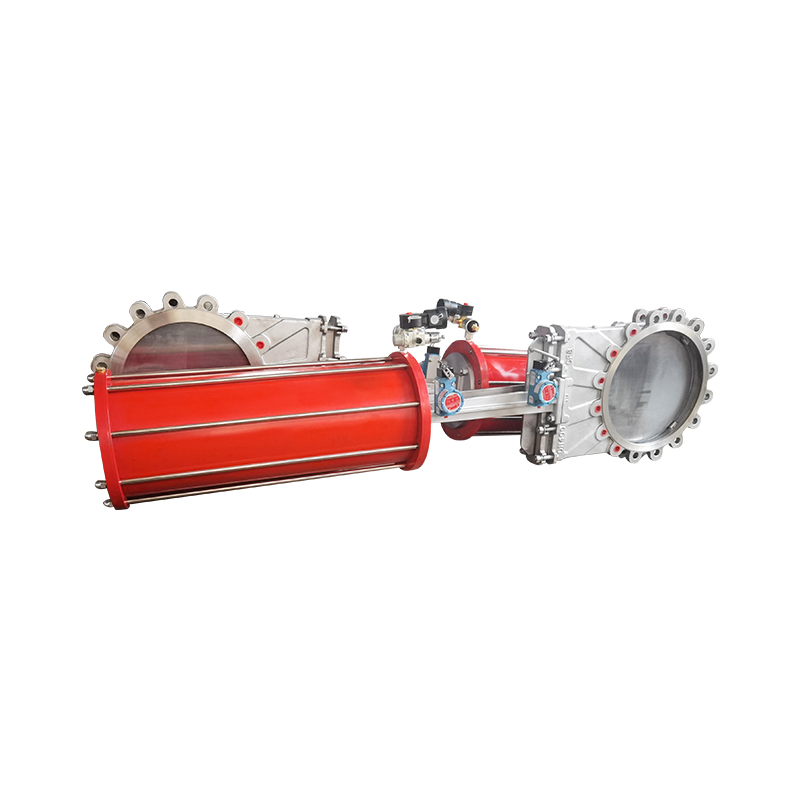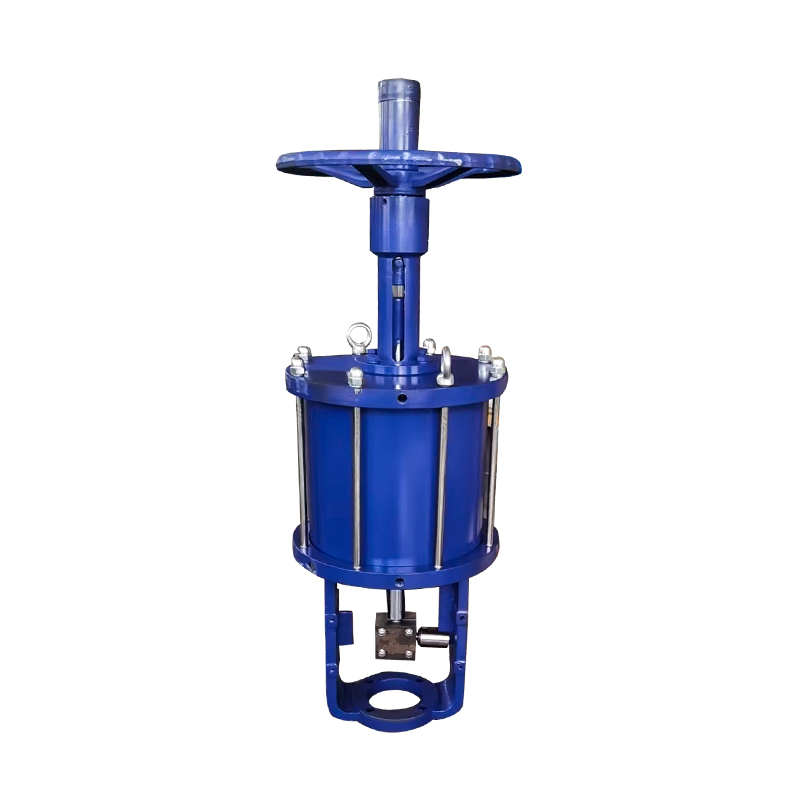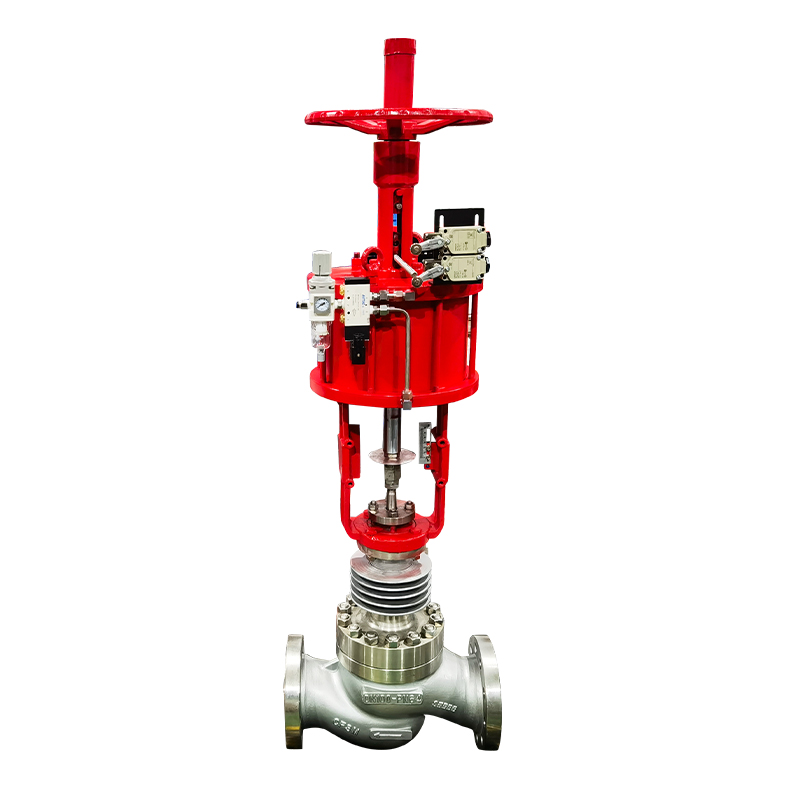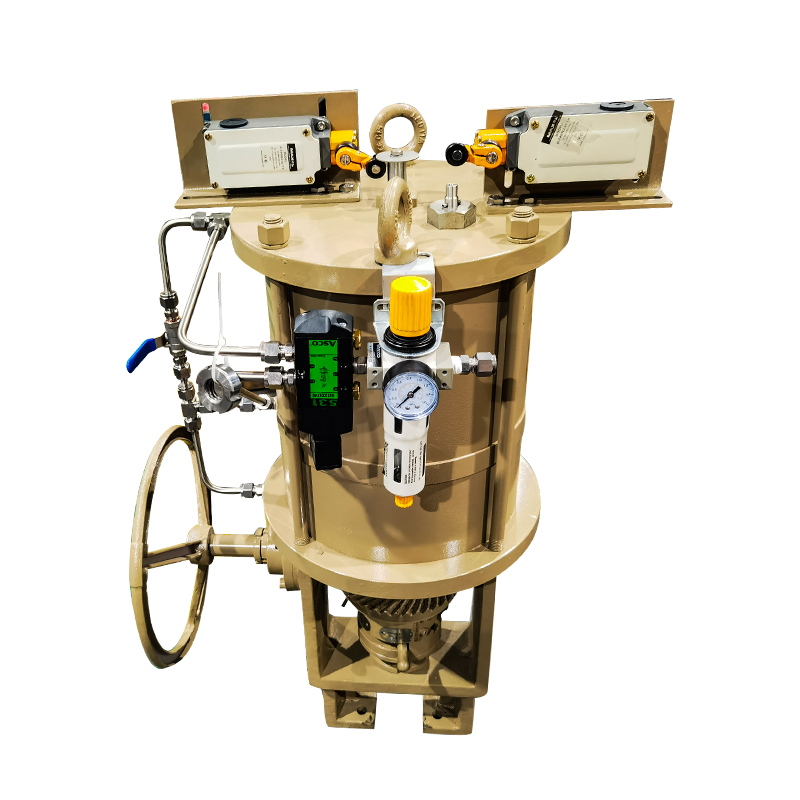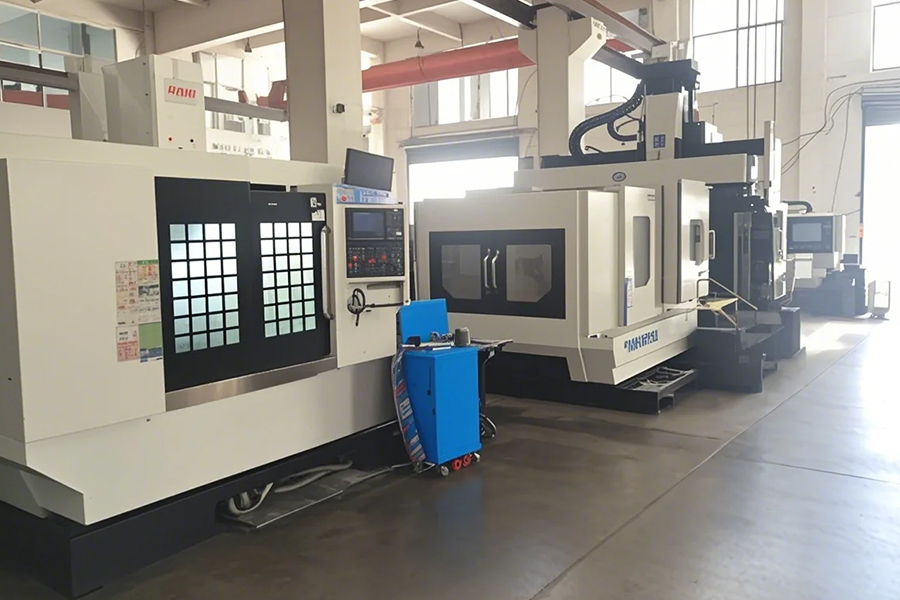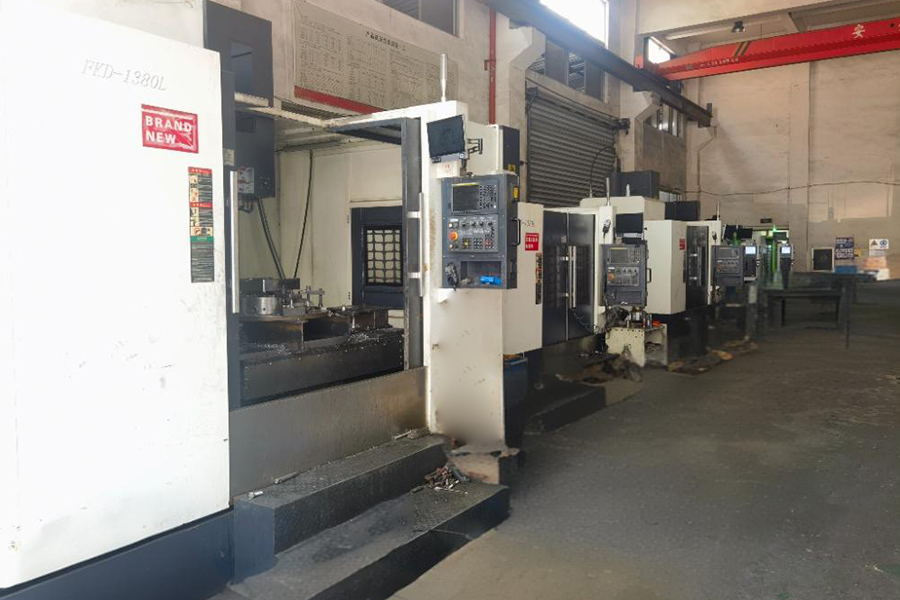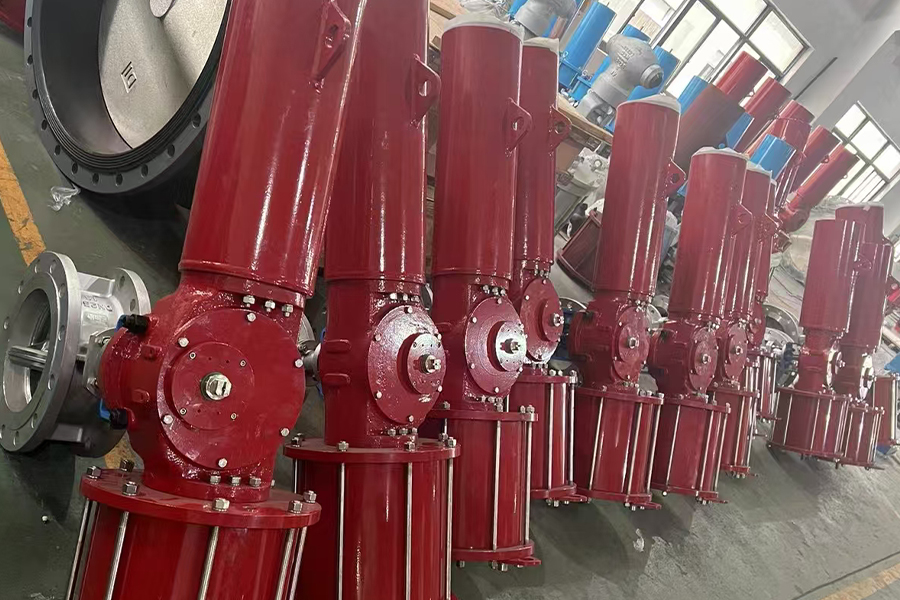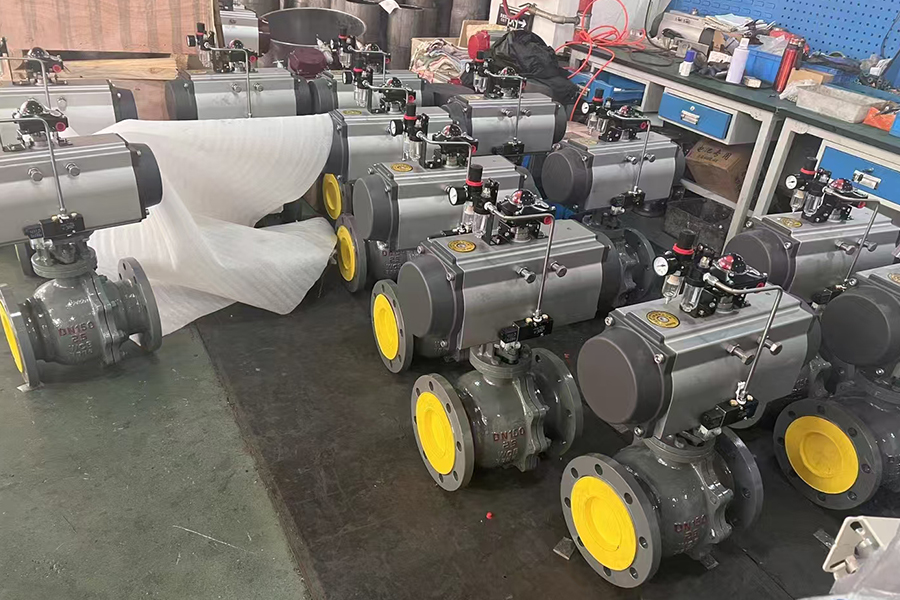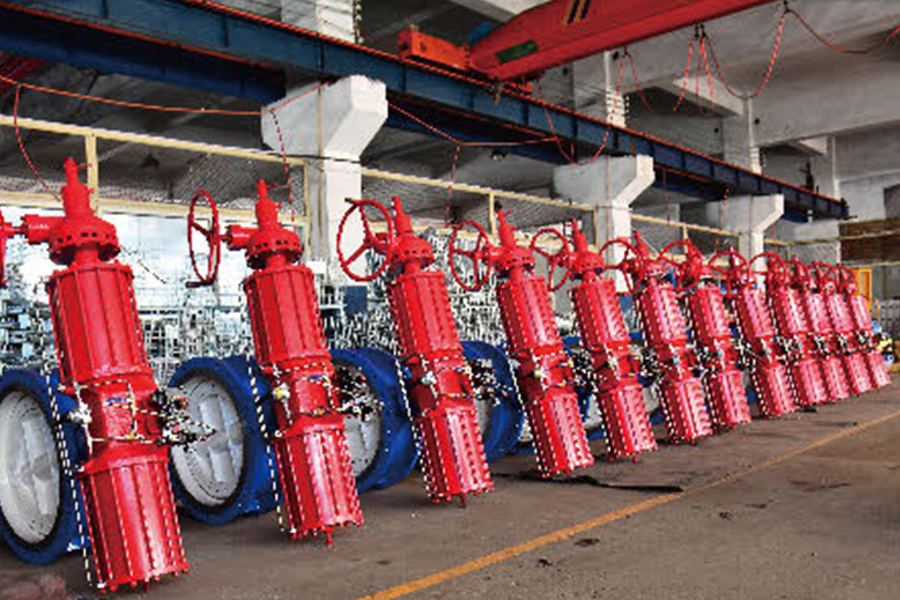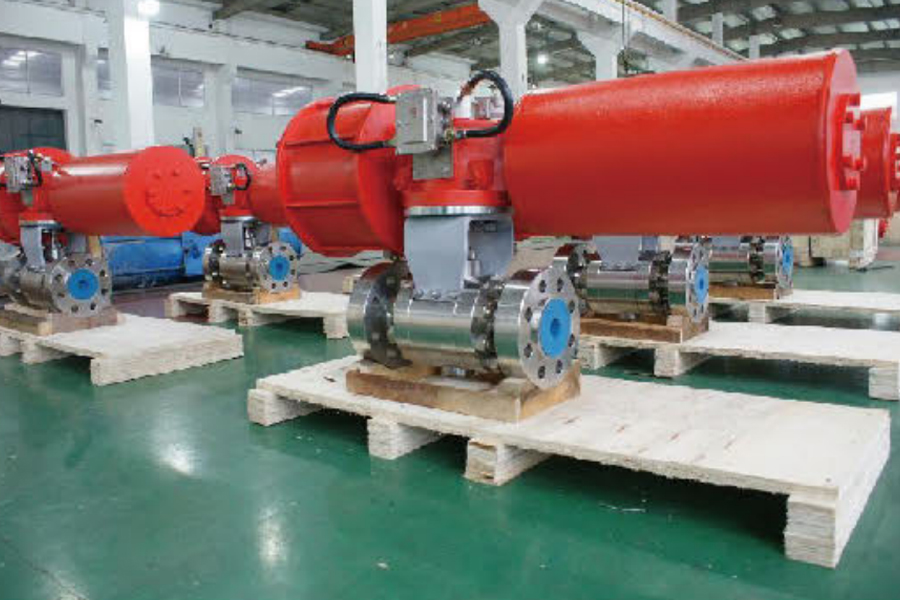A stainless steel pneumatic discharge valve is a critical component in industries where safe and efficient handling of materials, such as chemicals, powders, and gases, is necessary. These valves play a vital role in controlling the discharge or release of substances from one part of a system to another, and their design ensures both safety and compliance with regulatory standards.
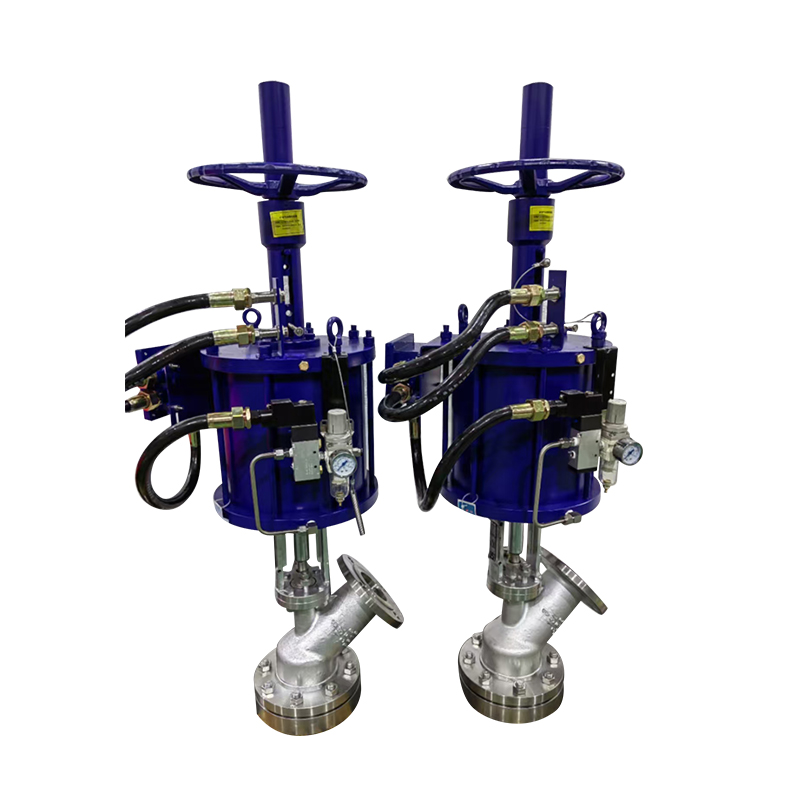
One of the main advantages of using stainless steel in these valves is its ability to resist corrosion, especially in harsh environments. Industries such as chemical processing, pharmaceuticals, and food and beverage rely on stainless steel pneumatic discharge valves due to the material's strength, durability, and hygienic properties. Stainless steel is resistant to rust and other forms of corrosion, making it ideal for environments where cleanliness and reliability are of importance.
In addition to the material benefits, pneumatic discharge valves are typically equipped with safety features to ensure proper operation under various conditions. Pneumatic actuators provide quick and reliable valve operation, ensuring minimal delays in the discharge process. The ability to control the flow of materials remotely also reduces the need for manual intervention, the risk of accidents or human error.
From a compliance standpoint, industries must ensure their valves meet certain regulatory standards regarding material safety, environmental impact, and operation. Pneumatic discharge valves must conform to industry-specific regulations, such as FDA standards for the food and pharmaceutical sectors or ATEX certification for explosive environments. Compliance with these standards helps protect workers and the environment while ensuring that the discharge process remains controlled and secure.
The right angle pneumatic valve is a versatile and widely used valve type in various industrial applications. As the name suggests, the valve operates at a 90-degree angle, making it compact and easy to integrate into systems where space is limited. The right-angle design also helps streamline the flow of fluids, gases, or other materials, reducing the risk of pressure loss and improving overall system efficiency.
Applications for right angle pneumatic valves are broad, encompassing industries such as automotive, water treatment, oil and gas, and HVAC systems. They are commonly used to control the flow of air or other fluids through pipes or systems, particularly where the valve needs to shift the direction of flow efficiently and without introducing unnecessary complexity. For example, in pneumatic control systems, these valves are often used for tasks like controlling air intake or exhaust, regulating pressure, or ensuring the correct flow of water or chemicals.
One of the primary advantages of right angle pneumatic valves is their ability to control flow in tight spaces. Due to their compact design, these valves can be installed in places where larger, more traditional valves may not fit, making them a go-to option for systems with limited room for equipment. Moreover, the pneumatic actuator used in these valves provides precise and fast control, contributing to the overall efficiency of the system.
Maintenance of right angle pneumatic valves is relatively straightforward but crucial for maintaining performance and extending the life of the valve. Regular inspections are necessary to ensure that the valve is free of debris and that the actuator functions correctly. Lubrication is essential to reduce wear and tear on moving parts, ensuring smooth operation. Additionally, it's important to regularly check for leaks, especially around seals, as air or fluid leaks can reduce efficiency and system failures.
Periodic maintenance of the right angle pneumatic valve can prevent costly downtime and ensure that the valve operates efficiently over the long term. For performance, it's recommended to follow manufacturer guidelines for servicing and maintenance.








